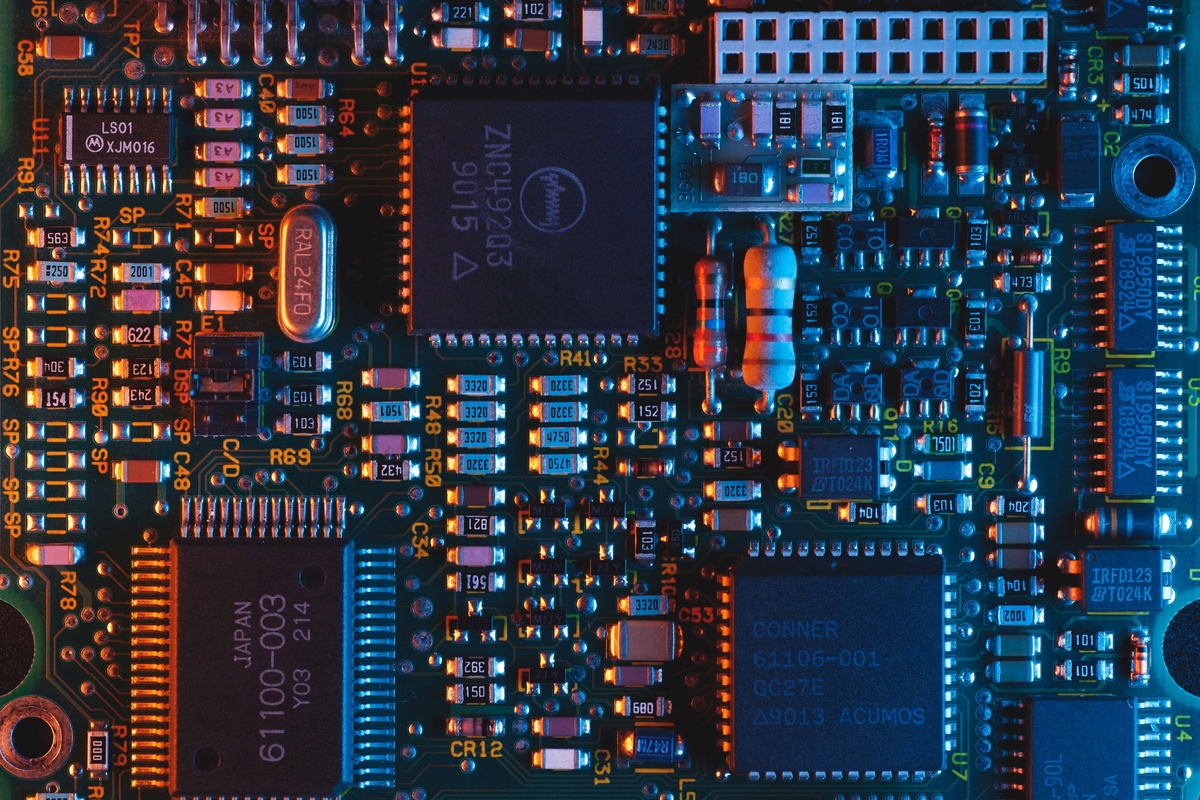In recent years, the global electronic component shortage has emerged as a significant challenge for industries worldwide. Factors like increased consumer demand, supply chain disruptions, and limited manufacturing capacities have converged to create a perfect storm. This detailed guide delves into various strategies to navigate these shortages, illustrating how innovative companies like AGS Devices are adapting to these challenging times.
The underlying causes of shortages
A comprehensive understanding of the causes of these shortages is critical. The boom in demand for consumer electronics, coupled with unforeseen global events, has severely strained supply chains. Additionally, the limited number of manufacturing facilities equipped to produce high-tech components has exacerbated the problem. Recognizing these issues is crucial for developing a strategy to address them.
Fostering strong supplier relationships
In the face of shortages, cultivating robust relationships with suppliers becomes a linchpin for success. Open and consistent communication and broadening the supplier base help in creating a more resilient supply chain. Companies like AGS Devices exemplify the benefits of these strong partnerships, often navigating through shortages more effectively than their competitors.
Strategic inventory management
Revising inventory management strategies is essential. Shifting from a just-in-time model to maintaining a buffer stock ensures availability during critical times. Employing advanced forecasting tools and maintaining real-time visibility of inventory levels allows for quicker and more effective decision-making.
Flexibility in component sourcing
Adapting to the shortage requires flexibility in sourcing components. Exploring alternative components that can fulfill similar functions, extending the supplier network to include smaller and regional suppliers, and considering local sourcing options can significantly mitigate the impact of global shortages.
Leveraging technological solutions
Technology is a powerful ally in managing these shortages. Predictive analytics powered by AI and machine learning can forecast supply chain disruptions, allowing for proactive measures. Blockchain technology offers unmatched transparency in tracking component origins and movements, while digital twins provide valuable insights through simulation of supply chain scenarios.
Innovative product design adaptation
Adapting product designs to the current reality can prove beneficial. Implementing modular designs allows for greater flexibility in component use, simplifying product designs to include more commonly available components reduces dependency on scarce parts, and incorporating long-term availability considerations into design planning helps in averting future shortages.
Strategic partnerships and collaborations
Forming strategic partnerships and collaborations, similar to the initiatives undertaken by AGS Devices, can open up new avenues for resource sharing and joint problem-solving. These partnerships can range from shared resource initiatives to joint ventures, and being part of broader industry alliances can offer early warnings and collaborative solutions to potential shortages.
Sustainability as a cores strategy
Integrating sustainability into supply chain strategy is not just an environmental imperative but also a business necessity. Recycling and reusing components, engaging with suppliers committed to sustainable practices, and designing products with a focus on environmental impact are practices that contribute to a more sustainable and resilient supply chain.
Investing in workforce training and development
An informed and skilled workforce is critical in navigating the complexities of component shortages. Comprehensive training in supply chain management, fostering cross-functional teamwork, and encouraging a culture of continuous learning and adaptation are essential to stay abreast of the rapidly evolving landscape.
Leveraging government and industry resources
Engaging with governmental and industry resources can provide additional support. Governments often offer incentives and programs to support industries affected by shortages, and industry bodies frequently provide platforms for sharing knowledge and resources.
Conclusion
Navigating the global electronic component shortages requires a comprehensive and adaptive approach. Understanding the causes, strengthening supplier relationships, leveraging technology, adapting product designs, and prioritizing sustainability are key strategies. Companies like AGS Devices are at the forefront of demonstrating agility and innovation in these challenging times. A proactive, flexible approach is essential for businesses looking to thrive despite ongoing supply chain disruptions.


No comments yet